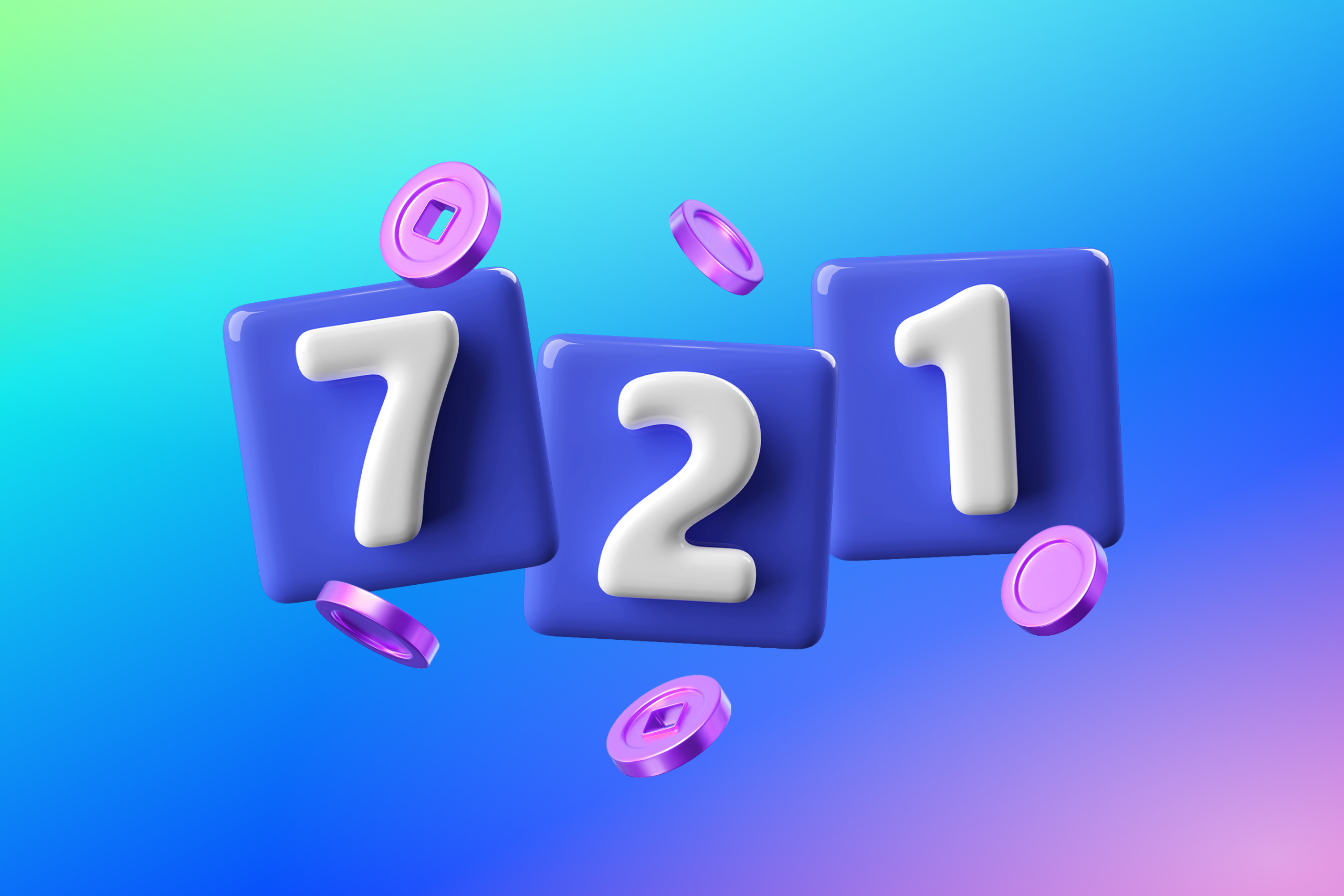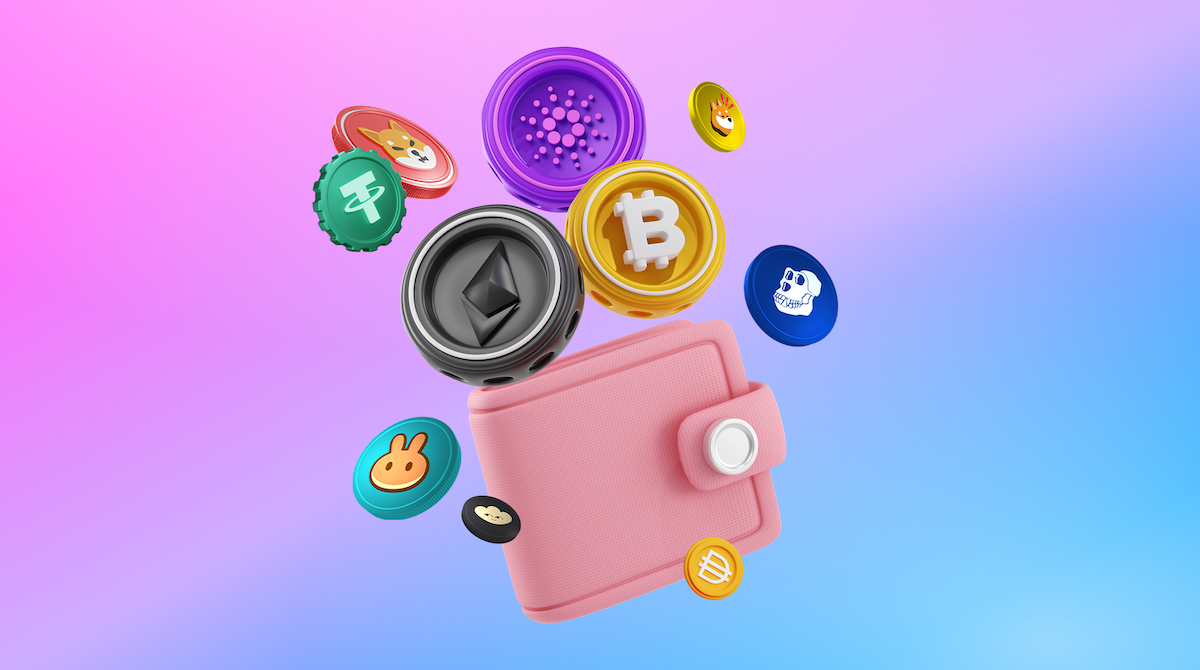
In web3, the term “gas fee” refers to the payment needed to execute transactions on the blockchain. These payments compensate the node operators who keep the blockchain functioning. This validation helps ensure the blockchain has a permanent, immutable record.
We’ll walk you through the purpose of gas fees, what impacts them, how to avoid paying high fees, and how fees differ by blockchain.
What are gas fees and why do they matter in 2025?
Ethereum calls gas “the fuel that allows [the network] to operate, in the same way that a car needs gasoline to run.”
Gas fees compensate “validators," the entities who confirm and secure transactions on the blockchain.. Each blockchain has different gas fees. These fees differ depending on how each chain validates transactions.
Users often want to know who receives the money from these gas fees, and the answer depends on the method each blockchain uses to verify transactions. So let’s step back to discuss the two primary methods of validation: Proof-of-Stake and Proof-of-Work.
How Blockchains Validate Transactions
Proof-of-Stake
Blockchains that use the Proof-of-Stake method verify transactions using validators. Validators are users who stake large amounts of that blockchain’s cryptocurrency. These validators check each transaction and monitor all activity on the blockchain to ensure it’s correct. This method has validators vote on the outcome.
Proof-of-Work
Blockchains that use the Proof-of-Work method verify transactions using miners who solve complex mathematical problems to confirm each transaction. Both of these methods are designed to ensure security and integrity, which is why gas fees are paid to validators or miners.
Did Ethereum’s Merge lower gas fees?
Ethereum originally used the Proof-of-Work method but in 2022 transitioned to the Proof-of-Stake method in an event known as “The Merge.” According to the Ethereum Foundation, this shift reduced its energy consumption by ~99.95%. The Foundation has stated that “the Merge was a change of consensus mechanism, not an expansion of network capacity, and was never intended to lower gas fees.” So while Ethereum is now greener, gas fees are still driven by demand, not energy consumption.
What affects gas fees and how they’re calculated
Gas fees increase when more people use applications that run on top of a blockchain’s network. Gas fees Gas fees spike as users compete for block space similar to surge pricing in ride-hailing apps.
Fees are incurred when data is stored or changed, tokens are transferred, NFTs are minted, sold, or purchased, and so on. Each of these actions involves different changes to the blockchain and therefore requires a different gas fee.
It’s also important to note that gas fees don’t change the price of the NFT you’re buying, but they do change the overall price of the transaction, so buying an NFT during a busy time when other people are also using the network can result in an overall higher cost.
Tips to reduce gas fees
OpenSea doesn’t control gas fees, set gas fees, or receive any of the gas fees incurred by users on the platform. Instead, they all go to network validators or miners.
To help avoid high gas fees:
- Try transacting during lower-traffic times (e.g., early mornings or mid-afternoons)
- When purchasing an NFT on OpenSea, your wallet will show the gas fee—it refreshes dynamically, so wait for a low fee before confirming
- Track current gas prices on EthereumPrice.org/gas to spot low-activity windows
You can also reduce costs by using lower-fee chains like Polygon or Optimism (more on those below).
How do gas fees differ by chain?
OpenSea is currently compatible with over 20 blockchains and each of these blockchains has different gas fees associated with transactions on their networks.
We’ve already discussed Ethereum gas fees and how they’re calculated, so now let’s take a look at a few of the other chains.
EVM-compatible chains (Polygon, Arbitrum, Optimism, Base)
Polygon, Arbitrum, and Optimism are EVM-compatible chains, which means they are technically compatible with Ethereum, and tokens can be transferred between them and Ethereum. EVM-compatible chains run more efficiently and often have lower transaction fees.
Disclaimer: This content is for informational purposes only and should not be construed as financial or trading advice. References to specific projects, products, services, or tokens do not constitute an endorsement, sponsorship, or recommendation by OpenSea. OpenSea does not guarantee the accuracy or completeness of the information presented, and readers should independently verify any claims made herein before acting on them. Readers are solely responsible for conducting their own due diligence before making any decisions.
🧠 Q&A

Sign up for our newsletter
Join our newsletter to get web3 news, updates, interviews, and deep dives all in one place.
Featured NFT Articles
View all.png)
.png)
.png)
.png)
.png)
.png)



.jpeg)



